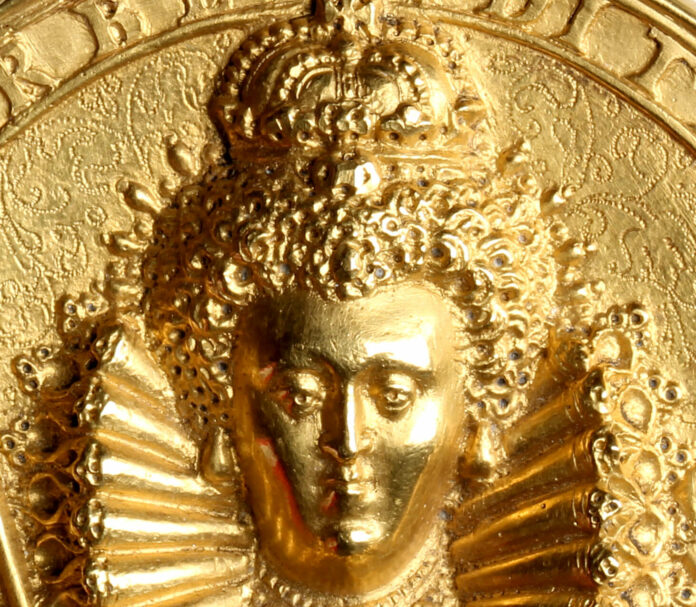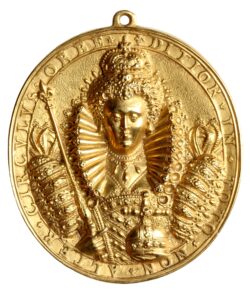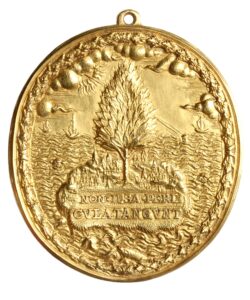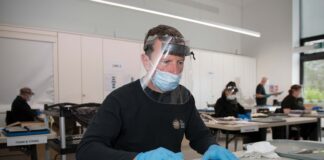The signing of the Treaty of Union, the agreement that brought the kingdoms of England and Scotland together in 1707, marked the creation of the nation of Great Britain. The journey from medieval England to a United Kingdom can now be explored through coins and medals in the new exhibition “Making a Nation: Money, image and power in Tudor and Stuart England” at the Fitzwilliam Museum (University of Cambridge).
The money and medals of this period provide a fascinating insight into broader developments in artistic expression, monarchy, nationhood, and trade in a rapidly expanding world. Coins and medals acted as powerful agents in conveying the official image of the king or queen and commemorating the important events of the day. They also reveal the changing role of money and economic experience through periods of religious conflict, civil war, exploration and the union of the kingdoms of England and Scotland.
Coins and medals were important media for communication in the sixteenth and seventeenth centuries. The minting of coinage was a royal prerogative, affirming the king or queen’s divine status, and its ubiquity meant that the royal message could be transmitted across the social scale. Medals, on the other hand, acted as high status gifts to display authority, reinforce alliances, as propaganda, or to demonstrate loyalty to the crown or cause.
Renaissance and Reformation, Civil War and Union are chronicled in this exhibition. “Making a Nation” draws on The Fitzwilliam Museum’s world-class collection and highlights how, against a backdrop of artistic change, technological innovation, and religious and political conflict, the ruling class fused Classical and modern ideas, symbols, and metaphors on their coins and medals to represent themselves and signal their aspirations to their subjects. The objects on display illustrate how coin and medal portraiture developed alongside other art forms, such as miniatures, paintings and drawings; and how medals emerged as important tools for propaganda and to celebrate national achievements.
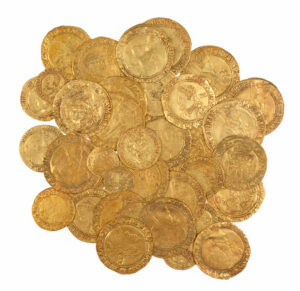
The exhibition is supported by loans from the British Museum and York Museums Trust. It charts how, during times of trouble, money was hoarded and buried in secret locations. Some, unfortunate, sixteenth and seventeenth century hoarders were unable to recover their stash. But these hoards, found by subsequent generations, are an invaluable indication of how people in Tudor and Stuart England valued and used money.
Thanks to the British Museum, an exciting object on show for the first time, is an early medal given to soldiers during the English Civil War. The medal is still attached to the presentation document and bears the signature of the Parliamentarian commander-in-chief, General Sir Thomas Fairfax.

Exhibition curator Richard Kelleher, Assistant Keeper, Medieval and Modern Coins and Medals, adds: “This exhibition showcases some of the most iconic and important coins and medals in The Fitzwilliam’s collection and examines how the royal image was reinvented and reimagined over two centuries of fundamental artistic, religious, and political change. More than 500 objects will be on show, some for the first time, including Renaissance medals and Tudor coins, Elizabeth Is stunning gold Armada medal and Oliver Cromwell’s death mask alongside some fabulous siege coins – emergency money minted by besieged royalist garrisons that still held out for the king.”
“Making a Nation” is open to the public from March 26, 2019 until June 30, 2019.
More information about this exhibition is available on the Fitzwilliam Museum website.
If you want to know more about Henry VII, the “founder of the Tudor dynasty”, we recommend you read this CoinsWeekly article. In a 12-part series, we followed the history of Great Britain in coins. A list of all published articles is available online.
CoinsWeekly visited the Fitzwilliam Museum in 2011. You can find the report here.




